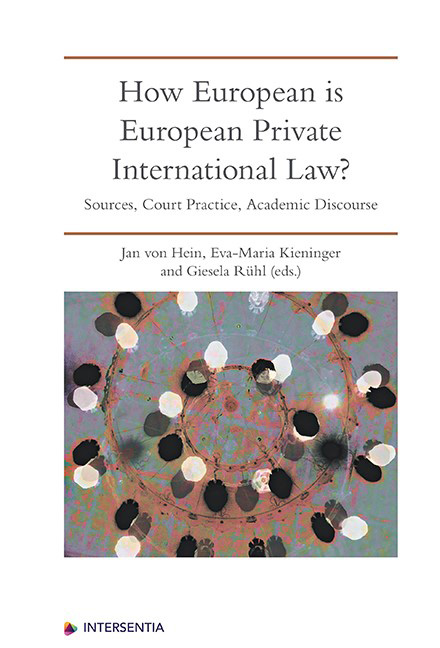Introduction
Published online by Cambridge University Press: 22 December 2020
Summary
BACKGROUND AND AIM
Since the entry into force of the Treaty of Amsterdam in 1999, the European Union has adopted an impressive number of regulations in the field of Private International Law and International Civil Procedure. As regards Private International Law in the narrow sense, i.e. rules determining the applicable law, these regulations cover contractual and non-contractual obligations, divorce and legal separation, matrimonial property and the property consequences of registered partnerships as well as succession. As regards international civil procedure, several regulations provide for uniform rules relating to jurisdiction, recognition and enforcement of foreign judgments in civil and commercial matters, inheritance and family law. In addition, a number of regulations ease the settlement of cross-border disputes more generally. This holds true for the Service Regulation, the Evidence Regulation, the Enforcement Order Regulation, the Small Claims Regulation, the Payment Order Regulation and the Insolvency Regulation.
The degree of legislative unification that has resulted from the European lature's activities has been described as the first true Europeanisation of Private International Law and as a ‘European Choice of Law Revolution’. However, after a certain initial euphoria or ‘gold rush fever’, a noticeable disillusionment has recently set in: has the far-reaching unification of the ‘law on the books’ turned Private International Law and International Civil Procedure into a truly European ‘law in action’? Doubts are in order for a number of reasons:
First, these regulations do not apply uniformly in the Member States. Denmark, for example, does not take part in any of the measures mentioned above, unless they are bilateralised by conventional international treaties with the European Union. In addition, Ireland and the United Kingdom decide on a case-by-case basis whether they wish to join certain measures. Moreover, there are some regulations, such as the Rome III Regulation and the recently adopted Matrimonial/Partnership Property Regulations, which are only applied in some Member States because they have been adopted through enhanced cooperation. Last but not least, the impending withdrawal of the United Kingdom from the European Union (‘Brexit’) raises additional questions about the continuing application of those regulations for which the country had previously declared an opt-in.
- Type
- Chapter
- Information
- How European is European Private International LawSources, Court Practice, Academic Discourse, pp. 1 - 16Publisher: IntersentiaPrint publication year: 2019
- 1
- Cited by



